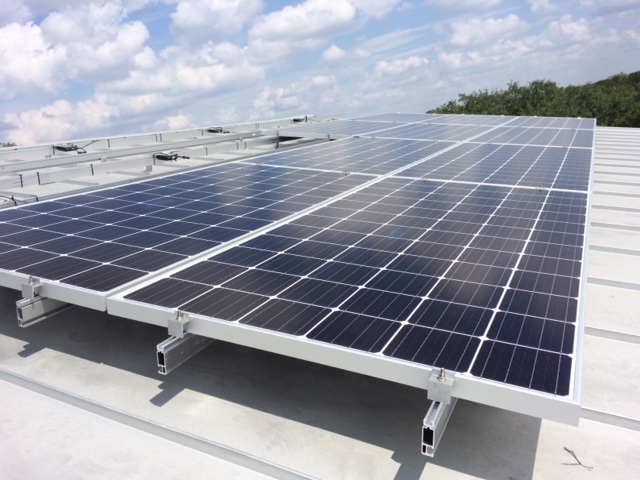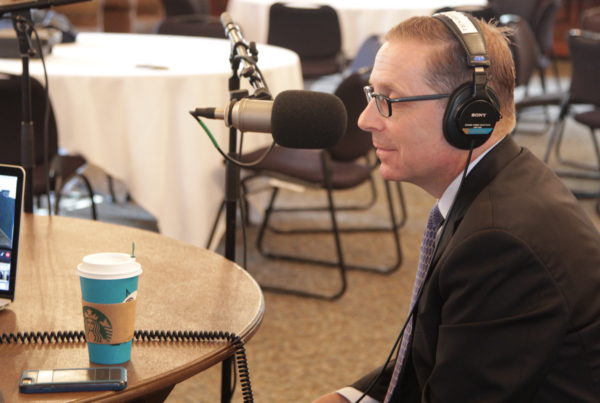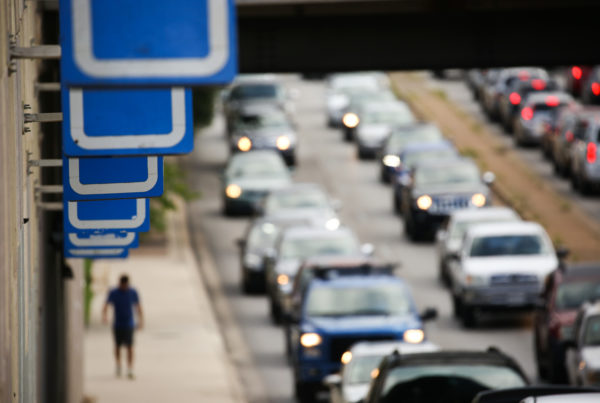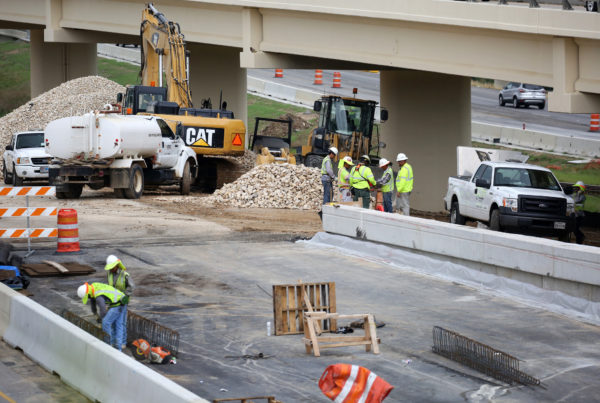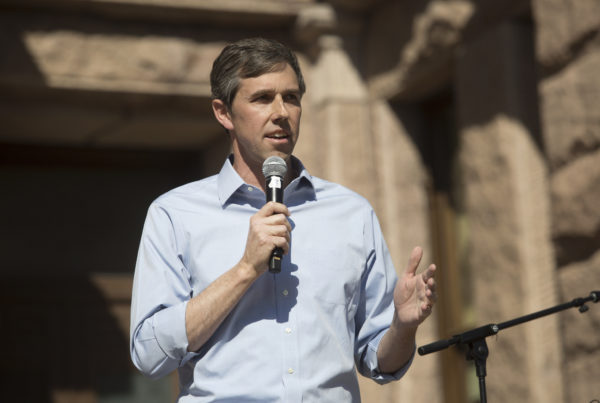Climate change may seem like an international issue, and it is. But cities say it’s also their business. This Saturday at the annual Texas Tribune Festival in Austin, mayors from Houston, Austin and San Antonio will join in a discussion, about why cities can lead the way in putting the brakes on carbon emissions that are heating up the atmosphere.
In San Antonio, the city government upped its commitment to clean air after President Donald Trump decided the United States should withdraw from the Paris Climate Agreement.
On June 1, in a speech from the Rose Garden, Trump denounced the Paris Climate Agreement. He said its voluntary goals for cutting greenhouse gas emissions would kill U.S. jobs, and hamper his efforts to change environmental laws.
“In order to fulfill my solemn duty to protect America and its citizens the United States will withdraw from the Paris Climate Accord,” Trump said.
Almost immediately more than 300 mayors around the country responded, signing a letter backing the accord.
One of the signatures belonged to newly-elected San Antonio Mayor Ron Nirenberg. He says cities supported the international effort long before Trump pulled the plug. With good reason:
“Things don’t happen unless they happen in cities because that’s where the majority of the world’s populations live,” Nirenberg says. “We have to do these things locally.”
On his first day presiding over the San Antonio City Council, Nirenberg asked members to adopt a resolution supporting the Paris Agreement.
“This is an issue of our place in the world,” he said at the meeting.
The resolution didn’t create new policy, but it pledged that San Antonio will develop a plan to locally reduce the fossil fuel emissions that are heating up the atmosphere, changing weather and affecting health.
Nine San Antonio council members voted yes including John Courage.
“I was a teacher for 20 years and I can’t tell you how many children I know were suffering from asthma and other ailments directly related to the quality of our lives and the quality or our air,” Courage says.
One council member, Clayton Perry, said his constituents hadn’t made climate change a priority. He voted no.
“The issue of climate change is one of those that is not fully vetted and proved that humans are causing this climate change today,” Perry says.
Like some other skeptics, though, Perry agrees human activity is causing air pollution and he supports measures to battle that, as long as they don’t stifle job growth or make it too costly for businesses to locate in the city.
Nirenberg says he sees two primary targets for his city’s Climate Action Plan
“The two most important systems that can address issues of climate resilience for San Antonio, Texas, are our transportation network as well as our energy grid,” Nirenberg says.
Nirenberg says clean mass transit options would take polluting vehicles off the roads. Increasing renewable energy sources like solar and wind will reduce the use of fossil fuels.
Cris Eugster, chief operating officer for CPS Energy, San Antonio’s city owned electric company says a plan for ramping up renewables is already working.
“Twenty percent of our capacity is to come from renewable energy by 2020 and that’s about 1,500 megawatts,” Eugster says. “And we’re past that goal. One of the fortunate things about being a municipal utility is that we can be very aligned with our community. We don’t have to think about quarterly profits per say. And we can make some longer-term decisions based on what our community wants.”
Eugster says in the past seven years, the amount of CPS energy generated by coal or nuclear has dropped from 80 percent to about 57 percent. Cleaner-burning natural gas, solar and wind are generating the rest. He says last year CPS produced most of the solar energy going into the Texas energy grid. He credits efforts like the company’s solar rebate program.
Angela Cowart and her husband signed on to the rebate program that cuts the cost of installing rooftop solar collectors by almost half.
She leads the way upstairs and through a storage room to show off the silver panels attached to her shiny metal roof.
“I know they do have to face the south. They’re south-facing,” Cowart says. “We got the rebates for putting them in. And it will take about six to eight years to break even. So from that point forward it’s like having money in the bank.”
Eugster says CPS Energy recently gave a half-million dollar research grant to UT-San Antonio to identify additional ways the city can cut carbon emissions.
Council Member Perry says he’s all for it as long as it doesn’t lead to higher electric rates.
“That’s where it really gets dicey,” Perry says. “What is the balance there of what they’re trying to do versus what everybody is paying what everybody is paying into their monthly utility bills. It’s getting harder and harder to make those payments.”
Nirenberg agrees.
“He’s right. I don’t want San Antonio to be penny-wise and pound-foolish. [But] we know that growth economies are those that are happening in green industries. It’s also important to keep our energy rates low. We are going to be chasing alternatives if we don’t invest in them now,” Nirenberg says.
Some think identifying the technologies and practices that could shape, or even reverse global warming, is the challenge or our lifetime. CPS Energy’s Eugster believes sometime in the future, batteries will be able to store enough renewable energy so carbon emitting fuels won’t be needed. Whatever the solutions, Nirenberg believes it will be our cities leading the way with changes that will add up.


